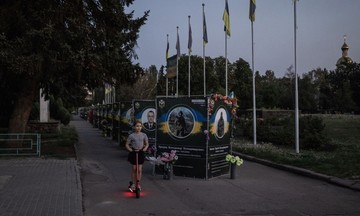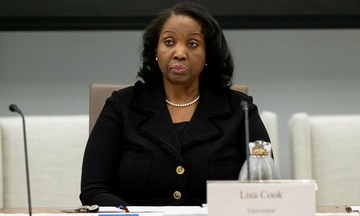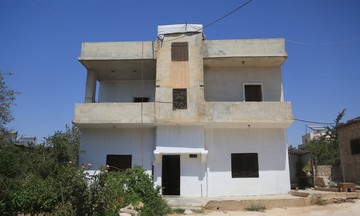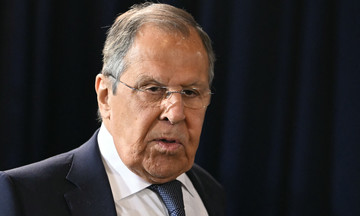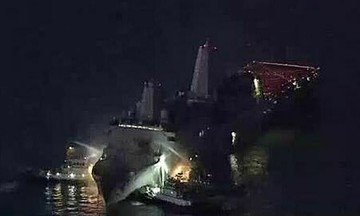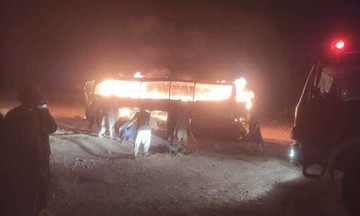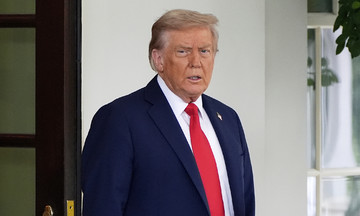The summit between US President Donald Trump and Russian President Vladimir Putin will take place at 11:30 on 15/8 (2:30 on 16/8 Hanoi time) at Joint Base Elmendorf-Richardson in Anchorage, Alaska. The central theme of the meeting will be the conflict in Ukraine. This will be the first time a Russian president has set foot on US territory since 2015.
The North American Aerospace Defense Command (NORAD) is responsible for securing Alaskan airspace during the summit. NORAD is a joint US-Canadian military organization tasked with maintaining security across North American airspace, including Alaska.
"We conduct aerospace warning, aerospace control, and maritime warning missions to defend North America," said NORAD spokesperson Rebecca Garand.
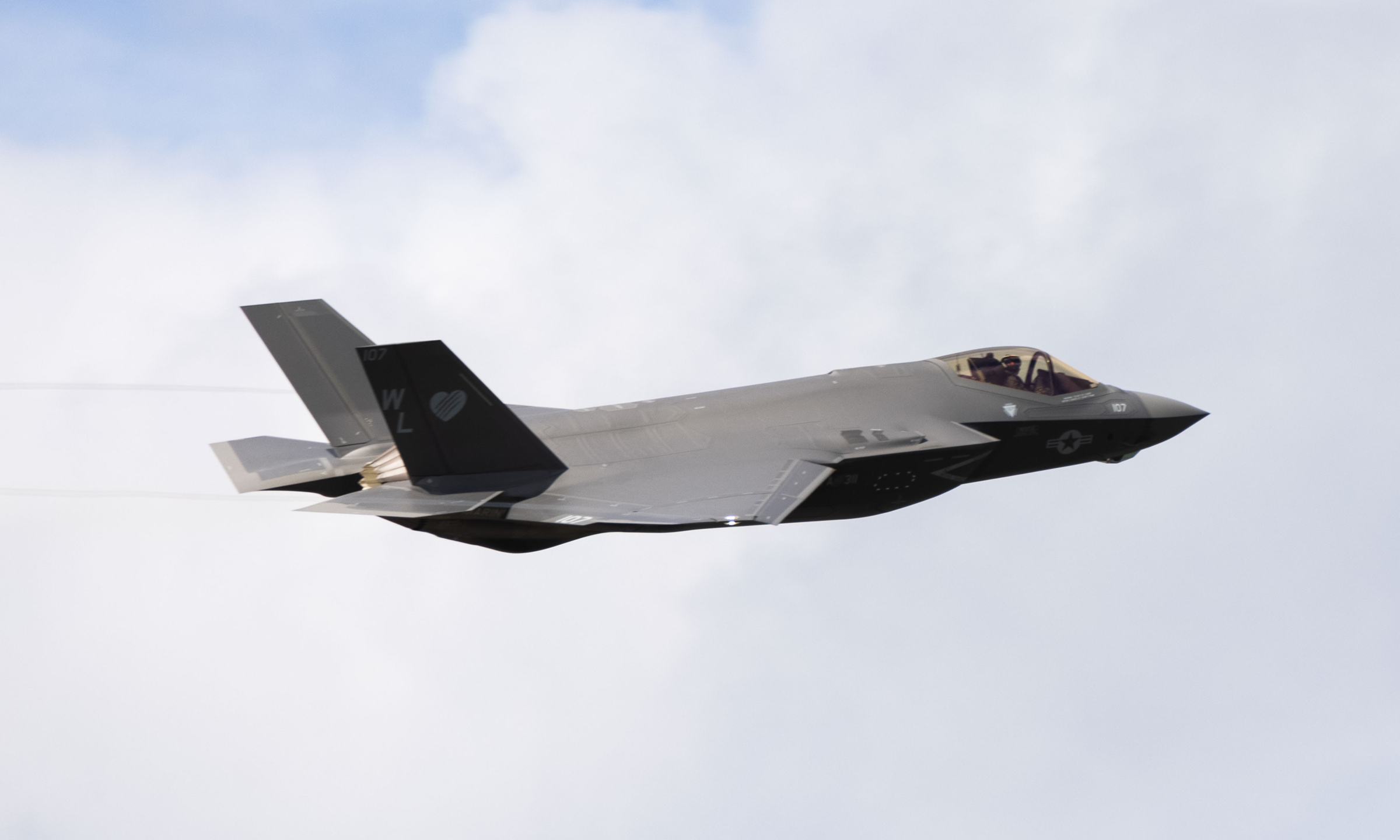 |
A US F-35 fighter jet flies over Alaska on 22/7. Photo: USMC |
A US F-35 fighter jet flies over Alaska on 22/7. Photo: USMC
NORAD coordinates with US and Canadian aviation authorities to establish temporary flight restrictions (TFRs), safeguarding airspace during national special security events. These are important events designated by the US Department of Homeland Security as potential targets for terrorism or other criminal acts.
"NORAD employs a layered defense network of radars, satellites, and fighter aircraft to identify and respond to potential threats," Garand said.
Details about the security operations for the US-Russia summit have not been disclosed. Retired Major General Scott Clancy, former deputy commander of the Alaskan NORAD Region, believes the Department of Homeland Security will likely designate this as a national special security event.
The Federal Aviation Administration (FAA) will then implement TFRs, effective upon President Trump's arrival in Alaska.
"NORAD will work with the FAA to identify any non-compliance with the TFR, distinguishing routine flights from suspicious activity. NORAD would then scramble fighters to intercept and determine if it’s an inadvertent mistake or something more nefarious," Clancy explained.
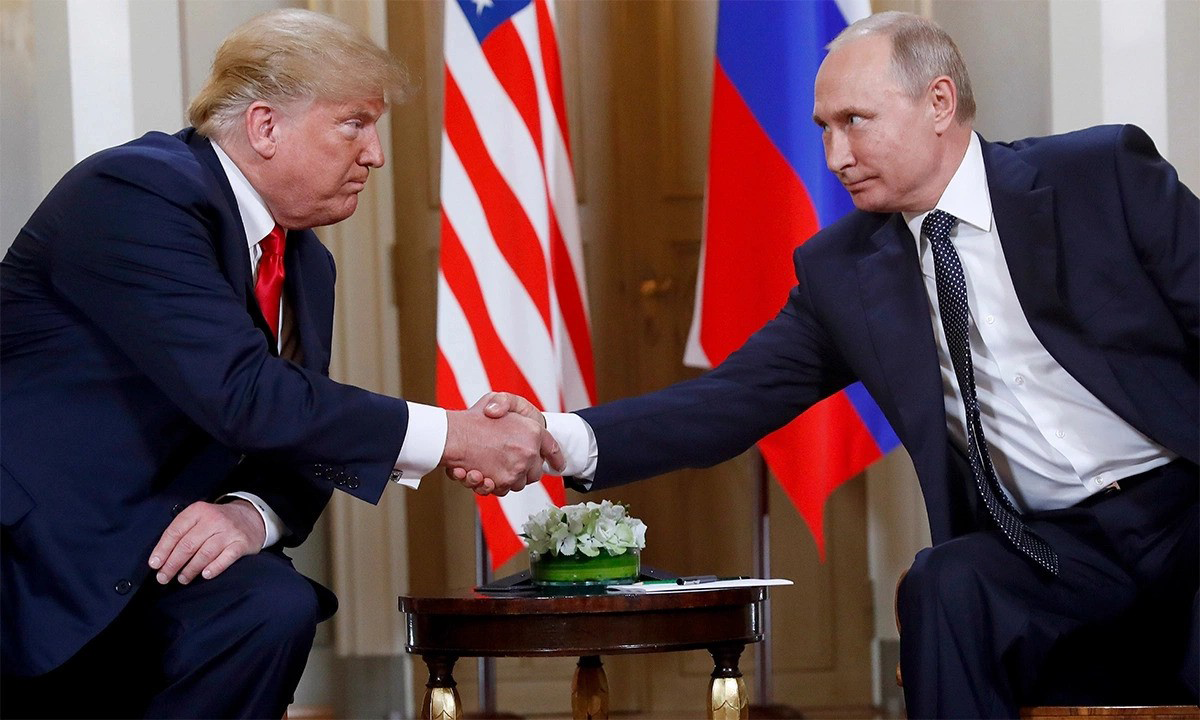 |
Trump and Putin at a meeting in Helsinki, Finland in July 2018. Photo: AP |
Trump and Putin at a meeting in Helsinki, Finland in July 2018. Photo: AP
He added that US officials are supported by a complex network of surveillance systems and maintain constant communication with relevant agencies. This provides them with the necessary data to make decisions regarding aircraft violations, ensuring the security and safety of dignitaries, including the US president.
Alaska is close to Russia and houses a significant concentration of NORAD firepower, primarily at two main bases: Elmendorf-Richardson and Eielson. "Alaska currently has the largest concentration of 5th-generation fighters in the world. Joint Base Elmendorf-Richardson, as well as the base in Fairbanks, are home to F-22 and F-35 squadrons, respectively," Clancy stated.
Several squadrons of F-22s and F-35s, as well as F-15 and F-16 fighters, will be on alert, ready to scramble if an unidentified aircraft enters the Alaskan Air Defense Identification Zone (ADIZ) without prior notification.
The US military also deploys E-3 Sentry airborne warning and control system aircraft and tanker aircraft at these bases to support fighter operations.
Compared to President Trump, the security procedures for President Putin are less clear, partly because this is the first time a Russian leader has visited Alaska since Moscow sold the territory to Washington in 1867.
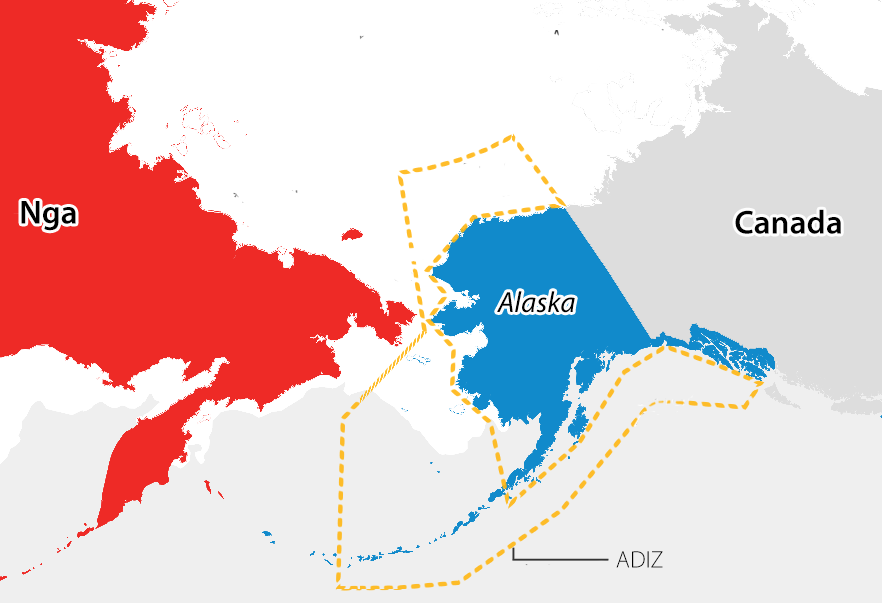 |
Location of Alaska. Graphic: Newsweek |
Location of Alaska. Graphic: Newsweek
Clancy suggested Putin might arrive without an escort, rather than deploying a squadron of Su-35S multirole fighters to accompany his aircraft as he did during his Middle East tour in late 2023. The retired Canadian major general also raised the possibility of the US deploying aircraft to greet and escort Putin's plane, potentially coordinating with Russia if necessary.
"This would minimize the risk of incidents that could overshadow the summit, as President Putin seeks to portray himself as someone working to promote lasting peace in Ukraine," Clancy observed.
Pham Giang (Newsweek)






